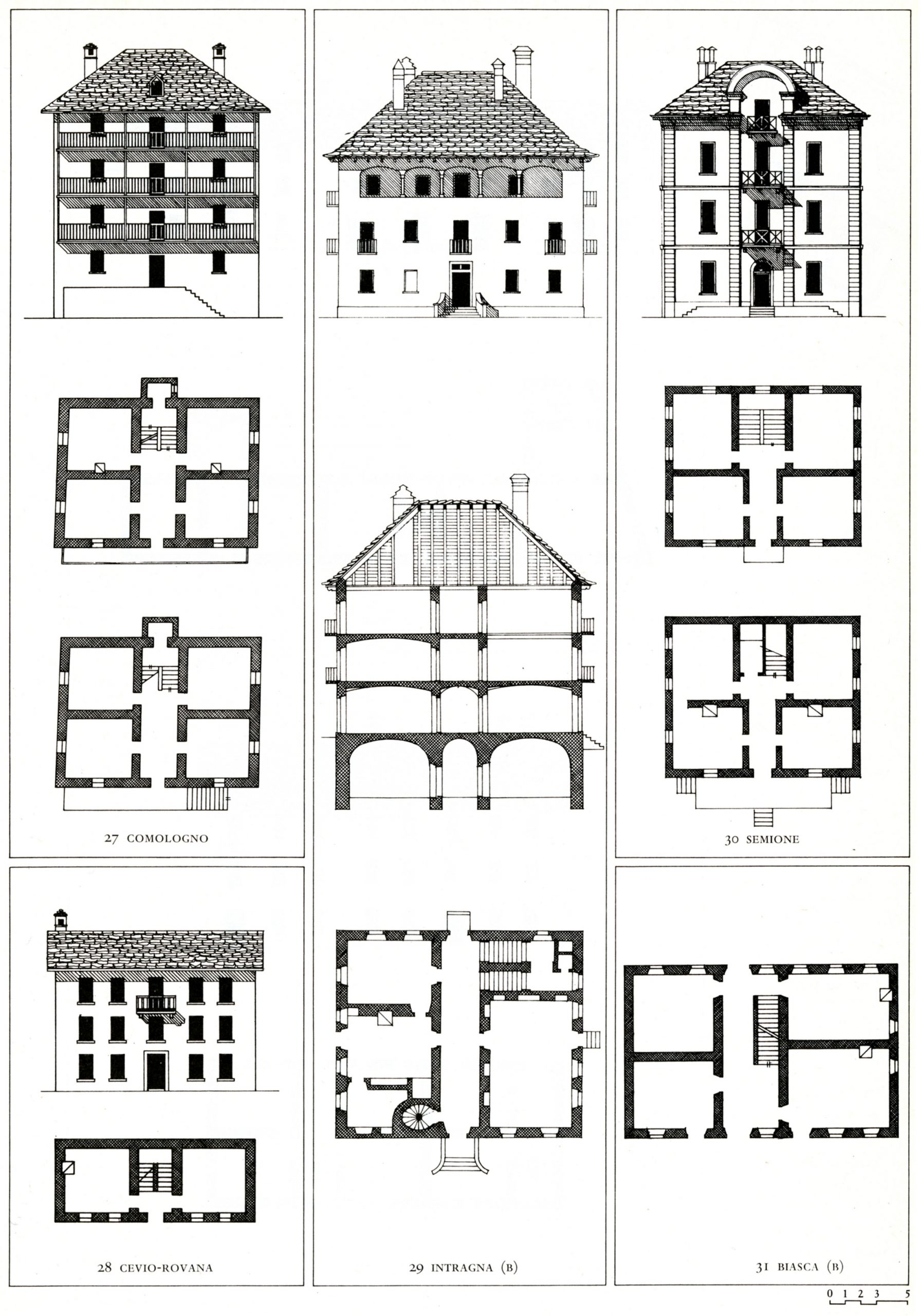
Alpine heritage in Swiss publications
Abstract
Switzerland boasts a wide production of publications dedicated to its architectural heritage that offer an articulated overview of Swiss architecture from the so-called bourgeois to the rural one. Starting from the monumental study by the philologist Jakob Hunziker (1827-1901) on the Swiss house in its landscape and historical development, two series of books have been written, namely Die Bauernhäuser der Schweiz and Das Bürgerhaus in der Schweiz. The peculiarity of these two series is their method and completeness, the result, among other things, of a careful cultural policy capable of finding and organizing the necessary means. In this context, there are some publications with substantially different approaches to those mentioned above. The fundamental difference lies in the fact that the analyses and descriptions are not limited to the single artefacts but investigate their ways of aggregation, relating the building typology with urban morphology. This is one of the characteristics of La costruzione del territorio nel Canton Ticino by Aldo Rossi, Eraldo Consolascio, and Max Bosshard, published in 1979 by the Fondazione Ticino Nostro. In this publication, there is no solution of continuity between the vernacular buildings and the more “noble” ones, often rather ancient and the result of an extraordinary ability to include and combine elements. The example of La costruzione del territorio was followed by other publications that share its same methods and objectives. Among these, two volumes dated 1983 should be noted; they are dedicated to the villages of Avers and Soglio respectively and both were created by the Department of Architecture of the Technical School of Muttenz. In these publications, renouncing the separation between vernacular buildings and bourgeois houses leads to a more accurate reading of the real size of the settlements, as opposed to the idyllic image of the mountain village consisting exclusively of rural artefacts.







